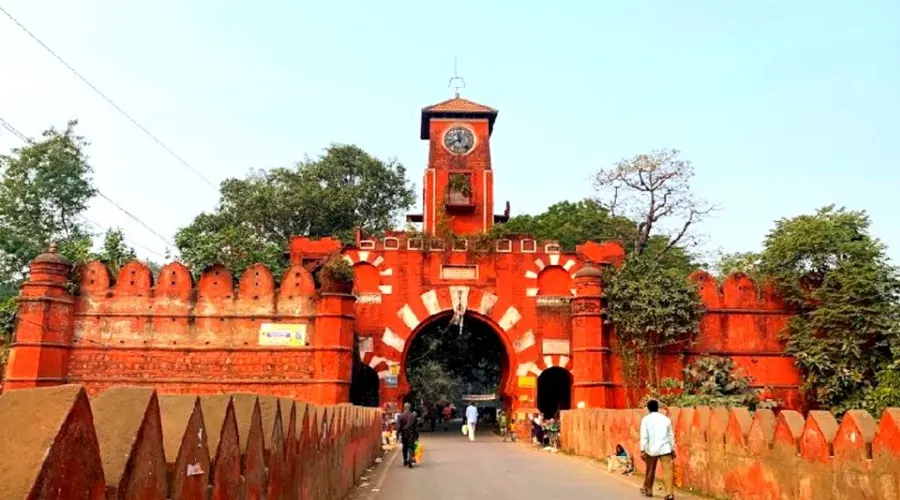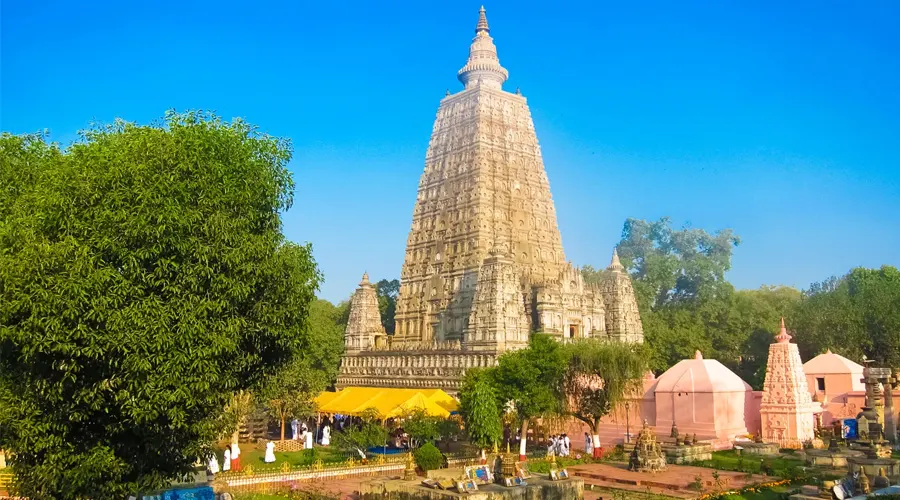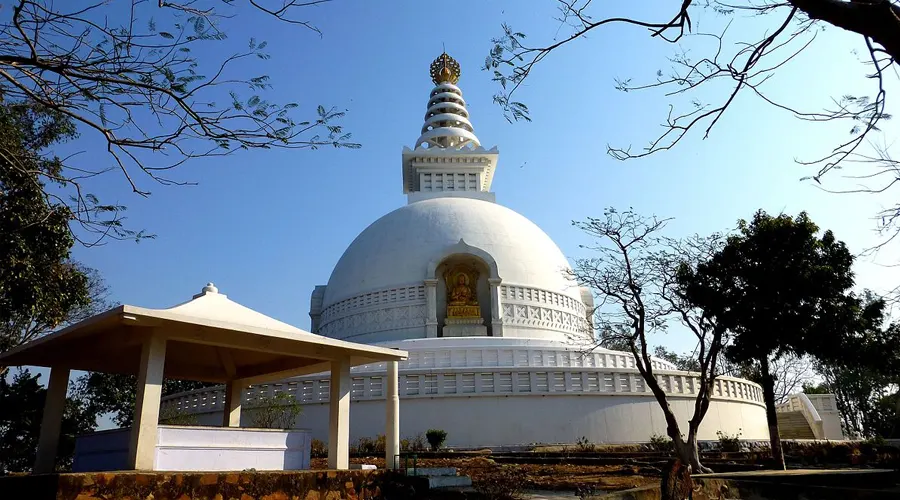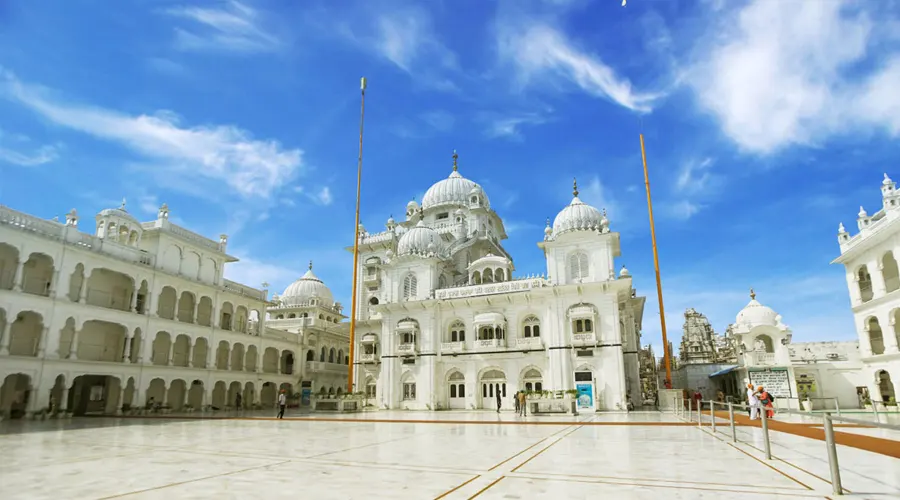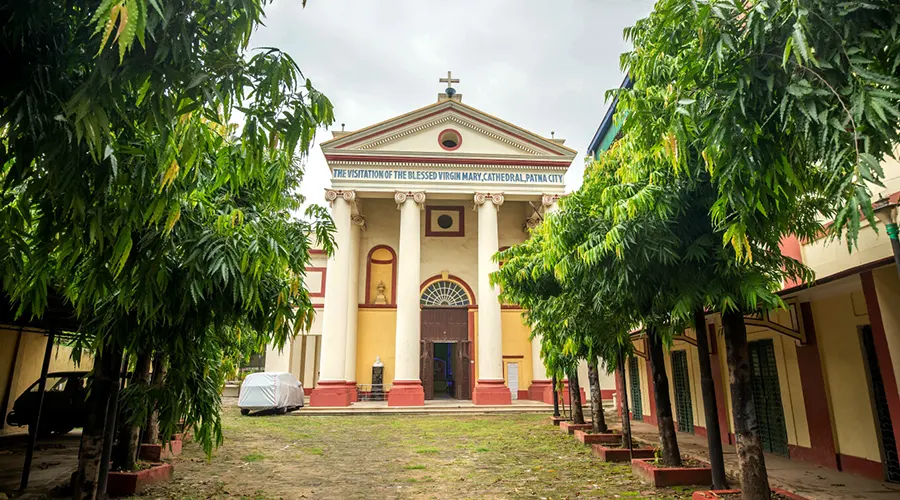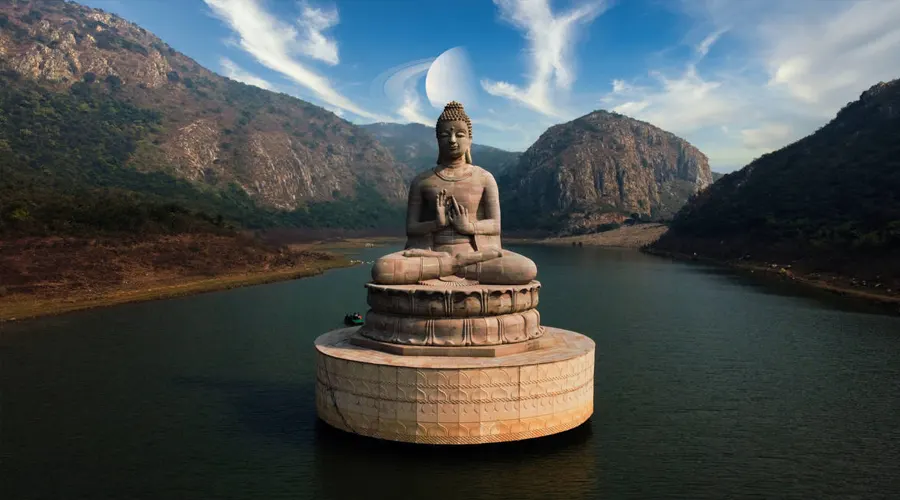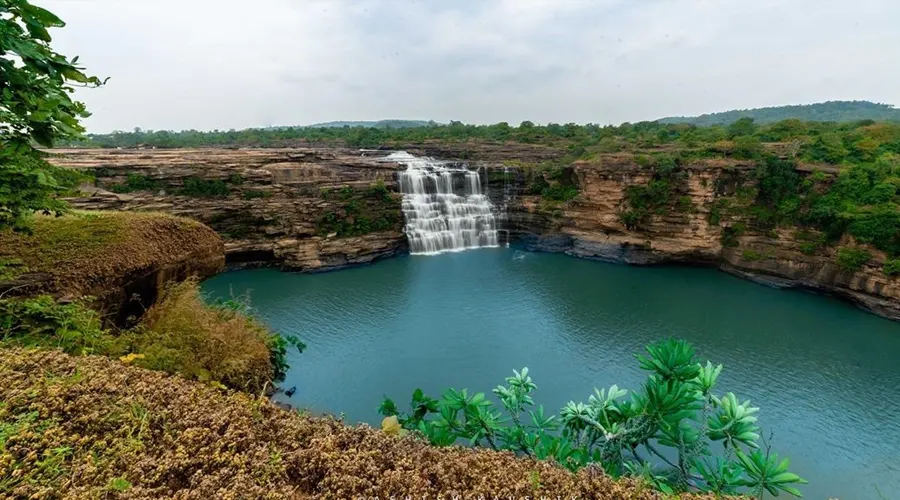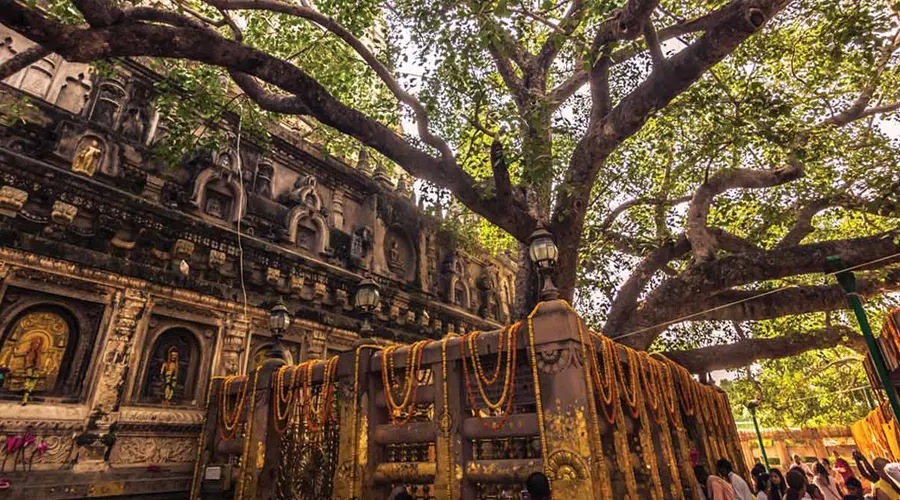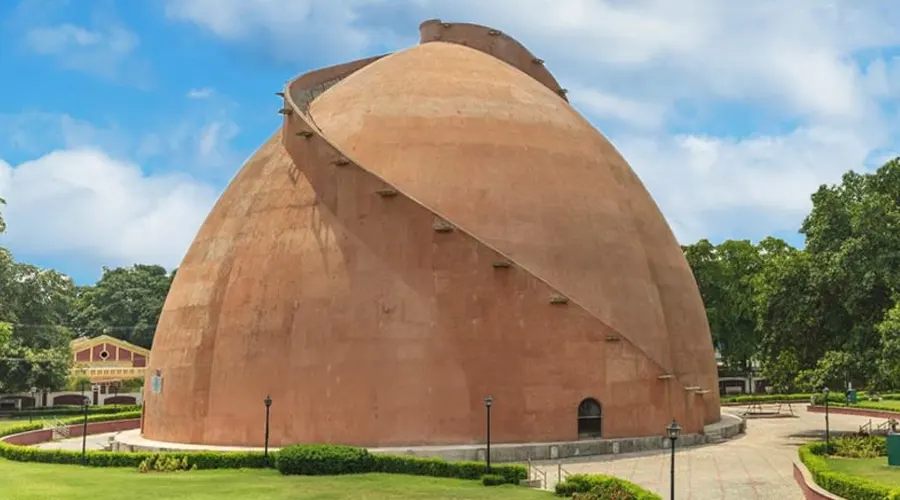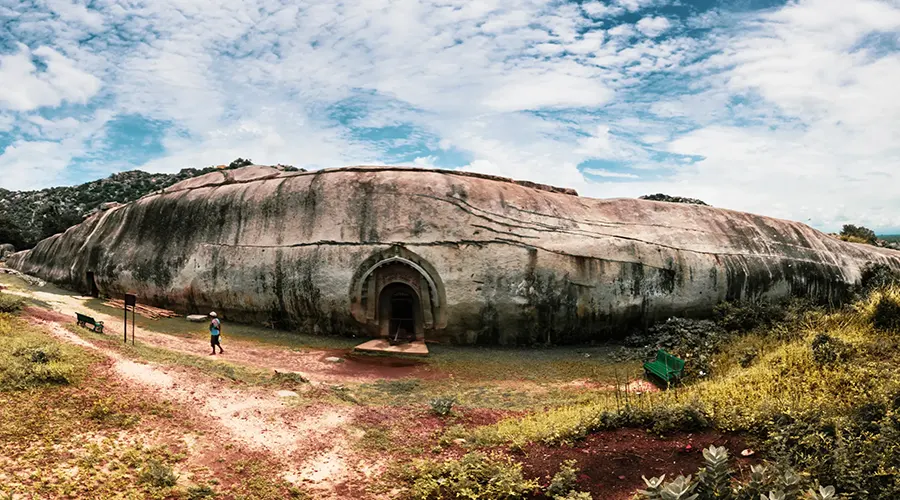Munger Fort
Munger Fort, one of the most important and ancient monuments of Munger city is built on a rocky hill on the south bank of the river Ganges. It is said that the city of Munger was founded by Chandragupta, whose capital was 'Champa Nagar' at that time. This fort was built by Raja Sankh of Magadha, which is described in the Mahabharata. The Munger Fort is a masterpiece of amazing and unique architecture.
The fort of Munger is surrounded by 30-foot-thick walls with gates built around it. The gates on the northern side are known as Lal Darwaza and this door is built in Hindu and Buddhist style with carved stones. There is also a secret tunnel inside this fort which has been the main center of tourist attraction. Whenever you visit Munger, definitely visit Munger Fort.
History of Munger Fort
Legend has it that the archaic city of Munger was established by local sage Muni Mugdal Rishi, who used to stay on the hill. Hence, Munger was also known as Mugdalgiri during ancient times. It has also been called “Modagiri”, a place mentioned in the Mahabharata. Many of the sacred narratives associated with the city are linked to Mahavira and Gautam Buddha. Buddhist texts mention “Maudgolyagiri”, named after the disciple of Buddha, Maudgolya. Hence, the city exhibits a syncretic religious and cultural heritage.
The city grew into prominence during the Pala dynasty (8th -12th century CE). The powerful Dharmpala declared Munger as his capital. The Munger inscriptions also called “Munger Plates” are testimony to this fact.
In the 12th century CE, Bhaktiyaar Khilji defeated the last Pala ruler of Munger. Records mention that the city was plundered by the son of Bhaktiyar Khilji. Thereafter, the city went into the hands of the Delhi Sultan, Muhammad Bin Tughlaq. However, it is Ala-ud-din Hussain Shah, founder of the Hussain Shahi dynasty in Bengal, who has been credited for the construction of the fort here in 1494 CE.
One can see the fusion of indigenous Hindu and Islamic elements in the architecture of the fort. Dr. Francis Buchanan, a historian, wrote that initially the fort was made from locally available material and its structure looked rugged and irregular, but over time, it transitioned from a rugged to a more refined structure as a result of the influence of Islamic architecture. In the 1530s Munger came under the Sur dynasty.
In 1545 CE, Mian Sulaiman, an Afghan of the Kararani tribe, took possession of the fort on behalf of Islam Shah, son of Sher Shah. However, he made an alliance with Bahadur Shah (King of Bengal) and dethroned and killed Adil Shah (seventh contender to the Sur dynasty). Later in 1563 CE, Sulaiman acknowledged the suzerainty of Akbar.
In 1657 CE, Munger was witness to another war of succession after the illness of Mughal Emperor Shah Jahan. Shah Suja, a contender to the Mughal throne, retired to Munger twice after his defeat: once at Bahadurpur (near Benaras) at the hands of Sulaiman (the son of Dara Shikoh), and the second time at Kudwa by Aurangzeb.
The Munger Fort once again came into prominence during the reign of Mir Qasim, the Nawab of Bengal who shifted his capital from Murshidabad to Munger. To extend his military might and drive the British out of Bengal, Mir Qasim ordered his Armenian General Gurgin Khan to construct a traditional arsenal inside the fort which today is known as the gun factory.
This fort also witnessed British East India Company officials dissenting against reduced allowances in 1766 which is famously remembered as the ‘White Mutiny’. Robert Clive, the first British governor of the Bengal Presidency, suppressed it. This resulted in the deliberate ravaging of the fortifications. By the 18th century, the Munger fort had merely become a station for meagrely paid military men and officers and as a protection depot for military stores. The Damdama Kothi inside the fort was demolished to make room for the residence of the British collector.
Architecture of Munger Fort
The Munger Fort houses multiple religious and historical sites and structures. The Lal Darwaza or Red Gate is one of the most prominent gateways of the fort complex. The eastern gate of the fort was a red brick clock tower over a horseshoe arch. This clock tower fell during the earthquake of 1934 and has not been raised since.
The oldest building inside the fort is a Sufi shrine built on an elevated piece of ground near the southern gate. For centuries, this sacred site was hidden in the ramparts of the fort. Many attributed this shrine to an unknown saint who was a disciple of Moin-ud-din Chishti, who traveled from Persia and was directed to stay at Munger. It was Prince Danyal who repaired the fortification of Munger and also added a vault over the shrine of Pir Shah Nafah Gul (Nafah in Persian means pod of musk), who is believed to be the Sufi patron of the city.
The fort being built on a foundation of a quartzite rock, effectively keeps off encroachment by the Ganges. It houses many picturesque ghats. At the Northwestern end of the fort is an ancient bathing ghat called Kashtharini Ghat. This means “the river which eases out the pain”. It is believed that Lord Rama and Lakshmana rested on this bank while battling with the demoness Tadaka. Thus, many tourists take a holy dip in the waters of the Ganga to relieve physical pain.
A prominent structure inside the fort is the Shah Suja Palace which has been converted into a jail. On the Northeastern side is the Karan Chaura, built on the natural rocky mountain. It is the highest point of the fort. During their time, the British installed a battery here. The other hillock is the artificial rectangular mound which was the citadel or acropolis of the fort.
The fort complex also houses important public offices which include civil, revenue, and criminal courts, in the form of three parallel rows of buildings. In 1959, another two-storied building was built to accommodate the administrative offices of the District Magistrate.
To the west of the courts, a trim little ivy-clad church can be spotted, and to the east lies the English church of the Baptist Mission built in 1863 CE which was destroyed by the earthquake of 1897 CE. Near the north gate of the fort is an old cemetery that shelters obelisk tombs erected at the end of the 18th and beginning of the 19th century.
Inside the fort is a famous tunnel, through which Mir Qasim is said to have escaped post the battle of Buxar in 1764 CE. After the battle, it is said that Princess Gul and Prince Bahar (Mir Qasim’s children) used to disguise themselves as tigers near the riverside to seek vengeance for their father’s defeat. Unfortunately, one night, a British officer accidentally shot them. They were buried near the sacred site of Pir Shah Nafah Gul.

